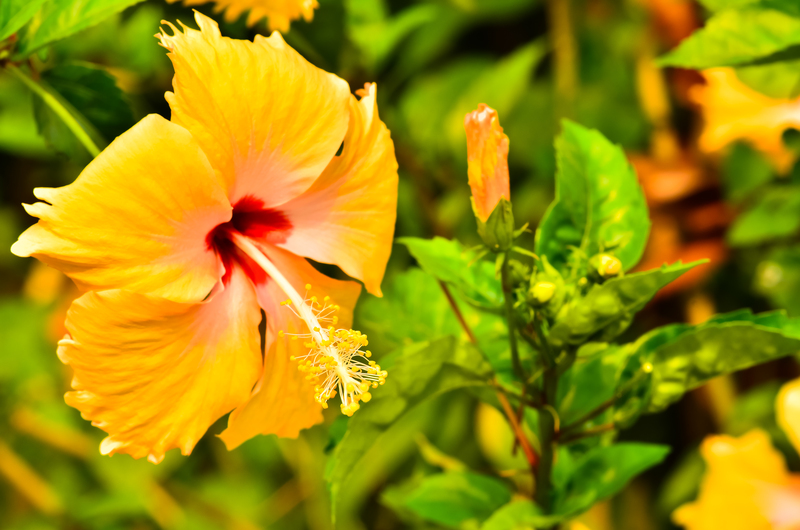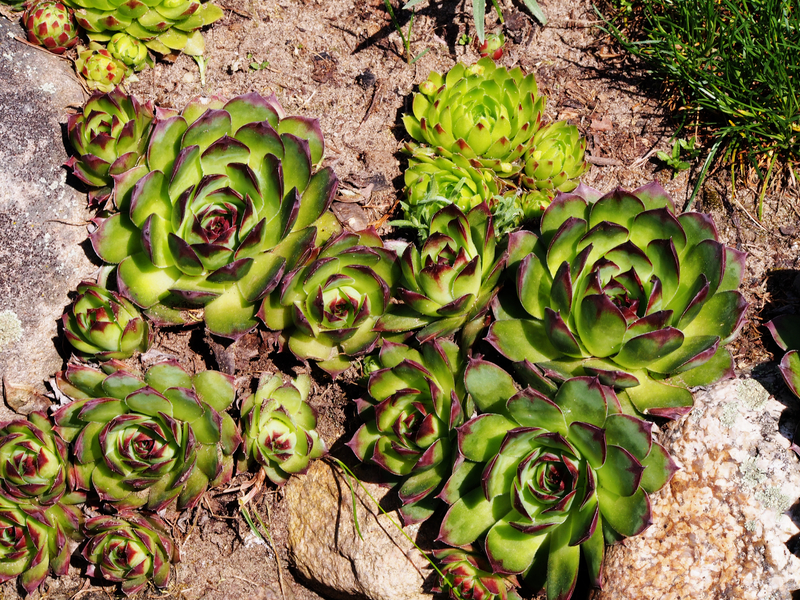Protecting Your Plants from Frost: Tips and Tricks for Every Gardener
Posted on 23/07/2024
As temperatures drop during the colder months, gardeners must be prepared to protect their plants from frost. Frost can harm or even kill delicate plants, making it vital to take preventative measures. Whether you are a seasoned gardener or just starting out, here are some tips and tricks to help you protect your plants from frost and keep your garden thriving.
Understanding Frost
Before we dive into tips on how to protect your plants, it is important to understand what frost is and how it can affect your garden. Frost forms when the temperature drops below 32 degrees Fahrenheit, causing water vapor in the air to freeze onto surfaces such as leaves and petals. This frozen layer of ice can damage plant cells and hinder photosynthesis, ultimately leading to browning, wilting, and even death of the plant.

Choose Frost-Resistant Plants
One of the easiest ways to protect your plants from frost is by choosing varieties that are naturally resistant. These plants have adapted to colder temperatures and have developed mechanisms to survive freezing conditions. Some examples of frost-resistant plants include conifers, evergreens, winter-blooming flowers like pansies and hellebores, and cold-tolerant vegetables like kale and Brussels sprouts.
Use Protective Coverings
For more delicate plants that are not naturally resistant to frost, using protective coverings is key. Covering your plants with sheets, blankets, or specially designed plant covers can provide insulation and protect them from the cold. It is important to make sure the coverings do not touch the plants directly as this can also cause damage. You can use stakes or other supports to create a barrier between the covering and the plant.
Move Potted Plants Indoors
If you have potted plants in your garden, consider moving them indoors when temperatures are expected to drop below freezing. Potted plants are more vulnerable to frost since their roots are exposed to the cold. Bringing them indoors will provide them with a warmer environment and protect them from the freezing temperatures.
Water Your Plants Before Covering
Believe it or not, watering your plants before covering them can actually help protect them from frost. The moisture from the water will create a layer of insulation and prevent the plant's temperature from dropping too low. However, be sure to do this early enough in the day so that the water has enough time to absorb into the soil before nighttime when temperatures drop.
Takeaways
- Frost forms when temperatures drop below 32 degrees Fahrenheit, damaging and potentially killing delicate plants.
- Choose frost-resistant plants if you live in an area prone to freezing temperatures.
- Use protective coverings for non-resistant plants, making sure they do not touch the plant directly.
- Bring potted plants indoors during periods of freezing temperatures.
- Water your plants before covering them to create a layer of insulation.

The Pros and Cons of Frost Protection
There are both pros and cons to using methods to protect your plants from frost. On one hand, protecting your plants can help ensure their survival and keep your garden thriving. On the other hand, it can be time-consuming and may require extra materials or equipment. Additionally, some methods such as covering your plants can also limit air circulation, which can lead to issues like fungal diseases.
Conclusion
Protecting your plants from frost is crucial for any gardener looking to maintain a healthy and vibrant garden throughout the colder months. By understanding how frost forms and utilizing these tips and tricks, you can successfully protect your plants and ensure their survival. Remember to also consider the pros and cons of different methods before deciding on a plan of action for your garden. With proper preparation and care, you can keep your plants safe and thriving even in freezing temperatures.












